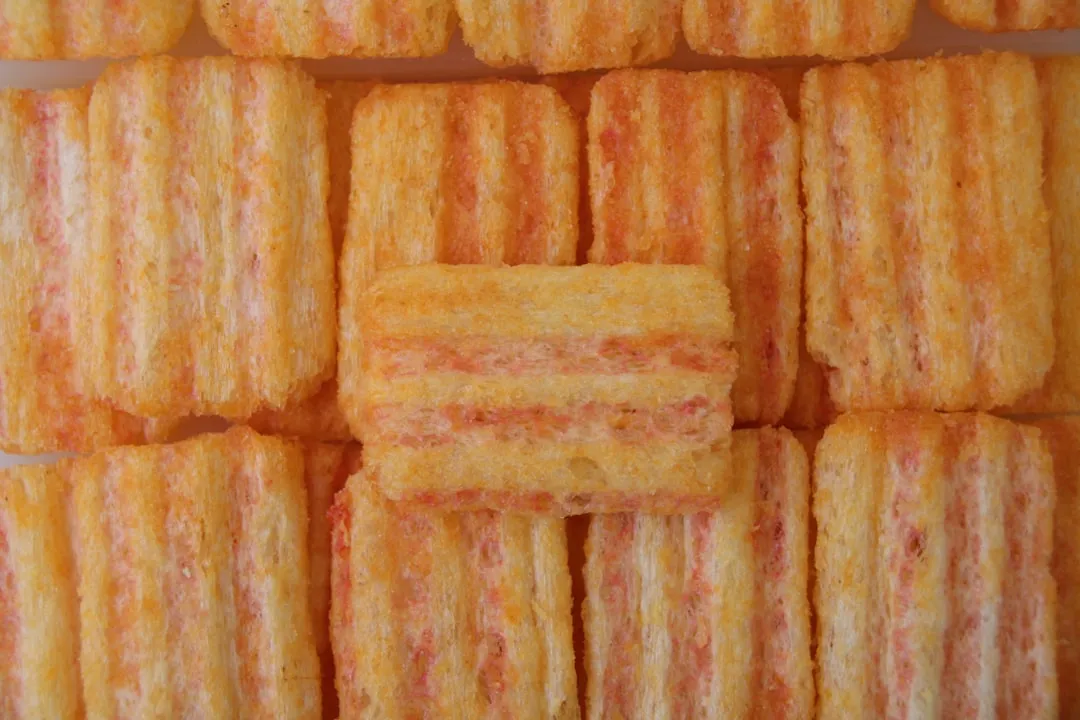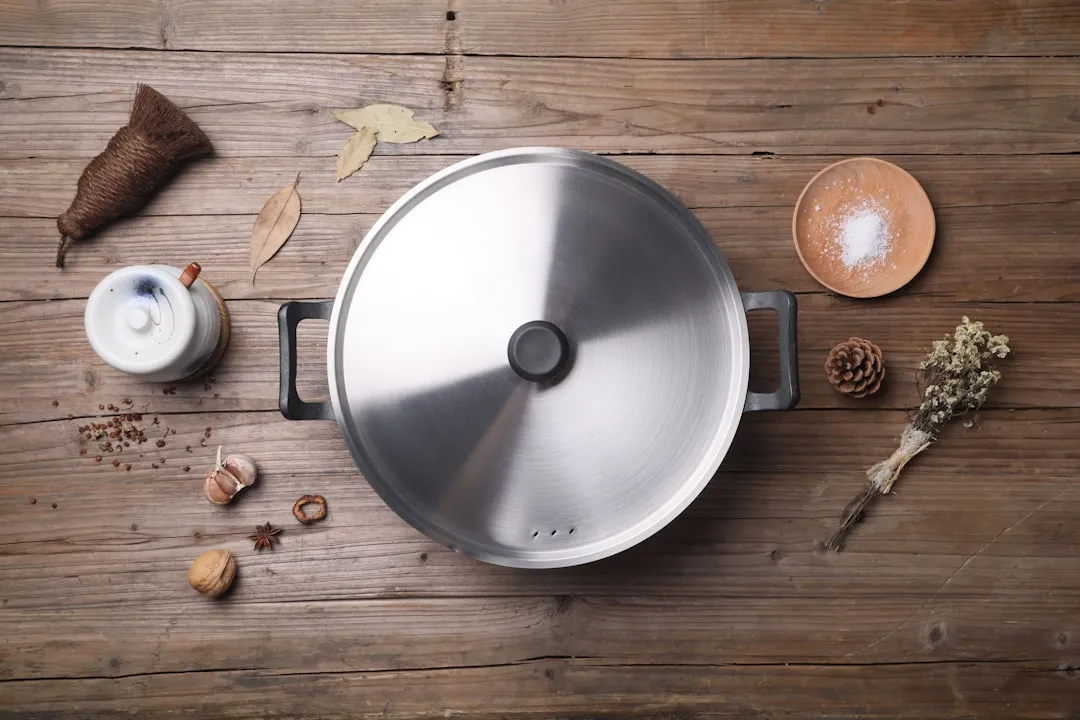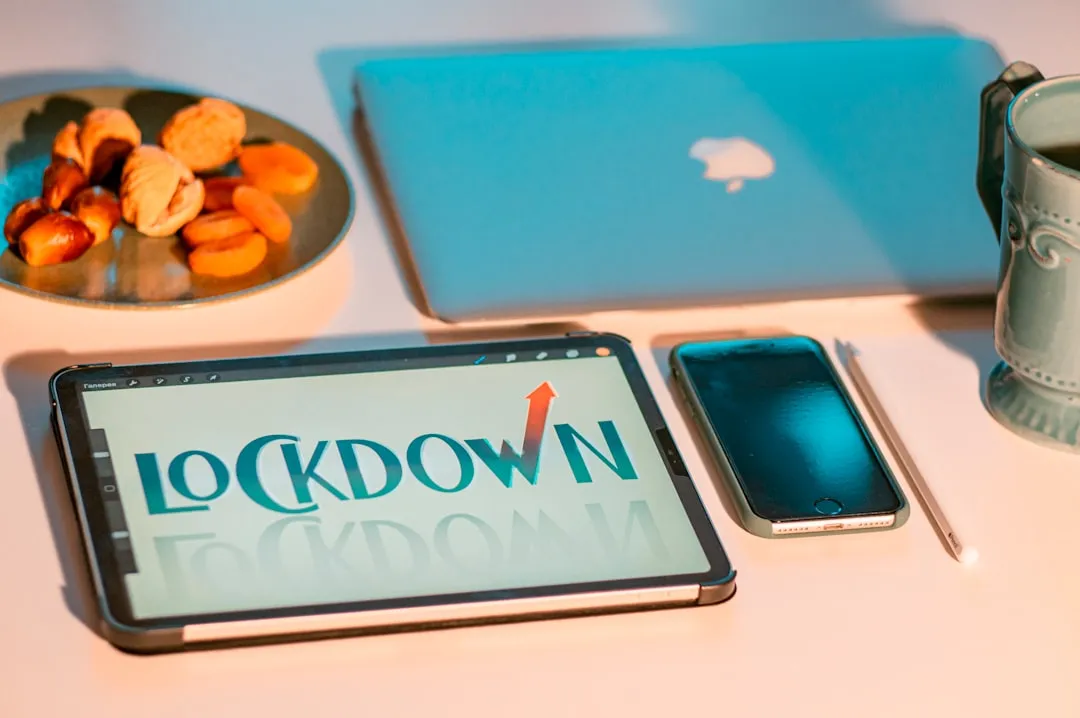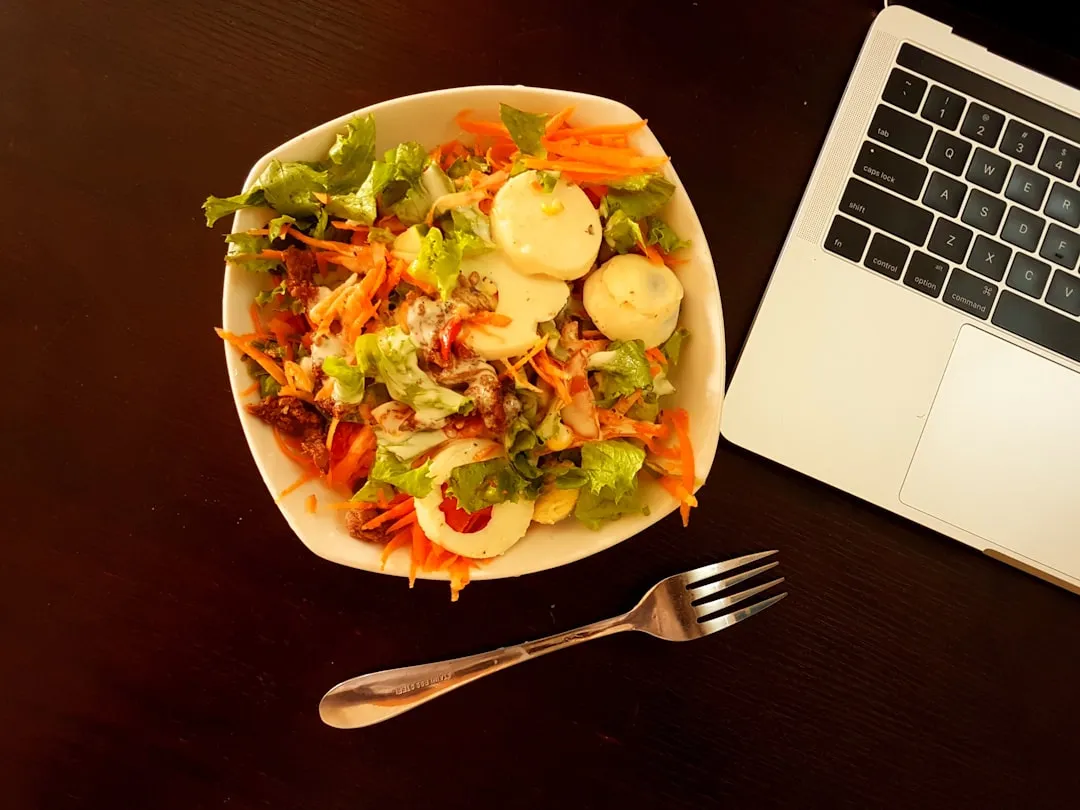I've been a fan of potatoes ever since I can remember... but mainly because they weren't a big part of my daily diet (which usually consisted of rice). And because my experience with potatoes was so limited, I only knew of two varieties growing up: big, brown Russets and sinewy sweet potatoes. As for cooking with potatoes—well, I'm embarrassed to admit that the only time I cooked potatoes when I was a kid was with the instant kind.

A re-enactment of my instant mashed potato hijinks as a child.
Let's flash-forward to the much older, much wiser version of myself in the present day! Well, maybe I should start with a disclaimer: I may not be as wise as I thought I would be when I was little, but at least I know a lot more about potato varieties and cooking methods than before. (As for the life experience... well, I'm still figuring that out. Come back to me in 50 years or so.)
Know Your (Starchy) Potato Categories
Potatoes contain a lot of starch—in fact, they only rank 2nd to white rice in terms of starch content. But, with over 200 species of potato, you can bet that some have more starch than others. This difference in starch content is what creates the different categories of potatoes used when cooking.
High-Starch/Low-Moisture/Mealy Potatoes: These types of potatoes have a high starch to water ratio in their individual cells, making them denser than the other types of potato. However, this drier variety creates a fluffy texture when deep-fried or baked. They don't fare as well when boiled though; they often slough off layers and fall apart.
Low-Starch/High-Moisture/Waxy Potatoes: These potatoes—you guessed it—have a high water to starch ratio, which means that they cohere when cooked. This creates a moister, more dense texture (and makes them hold together much better when boiled, in comparison to high-starch types). The high amount of moisture contained in these potatoes makes them less appetizing as a fried potato variety.
All-Purpose: These types of potatoes fall somewhere in-between the two extremes; they do a good job of holding their shape when boiled but contain a higher amount of starch, which keeps their consistency fluffier.
Now that you know the three types of potatoes, let's look at what popular potato varieties fit each category... and what to cook with each type!
High-Starch Potatoes
Russets, Idahos, and sweet potatoes (yes, this includes what we think of as yams) are the best examples of high-starch potatoes—and these species are definitely ones you're familiar with. These mealy tubers are low in moisture, so their cooked consistency is fluffy and flaky—which makes them absolutely delicious for French fries and baked potatoes. Additionally, they have a thick skin, which crisps well when either deep-fried or baked.
While high-starch potatoes are popular to use when making mashed potatoes, they often require a good amount of butter and/or cream to adhere and become more moist; otherwise, the potatoes taste granular and dry.
- Don't Miss: Make Mashed Potatoes Without More Butter or Milk
And it's very easy to overwork these potatoes when mashing them, making them gluey and altogether unappetizing. (To avoid overworking my Russets, I use a potato ricer.)
As mentioned earlier, these types of potatoes fall apart when boiled—or at least slough off layers when boiled whole. While this makes high-starch potatoes less than ideal for soups or stews that call for whole pieces, it does mean that high-starch potatoes are excellent for thickening soup.
- Don't Miss: 6 Ways to Make Soup Thicker & More Satisfying

I like to use Russets to thicken my clam chowders (they give the soup a more stew-like consistency).
The bottom line: if you're frying, baking, or mashing your potato, you're looking for a high-starch variety.
Low-Starch Potatoes
True new potatoes, and most red- and white-skinned varietals, often fall under the category of low-starch or waxy. These potatoes contain a lot of water between cells, which prevents them from absorbing too much water when cooked and keeps them cohesive. They are often identified as having thinner skins than the high-starch species.
Because they adhere well, they are much harder to mash into an even consistency; however, this same property keeps them from falling apart when boiled in stews—even when sliced. Their consistency is soft and creamy without the addition of butter or cream, which makes them ideal for salads. And they take well to roasting, whether they are roasted whole or cut into pieces.
So if you're looking for a good potato to roast, make gratin with, or use for ubiquitous potato salad, you'll be needing a low-starch type.
All-Purpose
Yukon Gold potatoes are by far the most popular and most recognizable for this versatile group; other varieties include Red Gold and Kennebec. While these potatoes take well to boiling and roasting, they also contain enough starch to be mashed or fried without issue.
Some folks swear by Yukon Gold potatoes for making the best mashed potatoes ever, since they are much harder to over-mash (due to their lower starch content) and because they require very little in the way of butter or cream to create a fluffy yet milky consistency. Having used both YG and Russets for mashing before, I agree that Yukon Golds are much more foolproof—but they're also more expensive by the pound.
While all-purpose potatoes can be successfully substituted into recipes that require either high-starch or low-starch potatoes, I prefer to stick with the latter's specificity—if you're a jack of all trades, you're a master of none (as they say). The only exception I'll make is for Yukon Gold mashed potatoes... which, despite the higher price tag, are damn delicious.
You Say Potato, I Say... Potato
While these three categories cover the most basic divisions in potato species, there are plenty of further classifications of potatoes in each division based on color, flavor, and consistency. And while we all tend to be more familiar with the heavy hitters (Russets and sweet potatoes), we've also seen an increase in the varieties available for sale at local grocery stores.
So, using this guide, feel free to experiment with different types of potatoes and their myriad preparations. Instead of making a warm bacon salad with red-skinned potatoes, try using a Rose Finn apple potato. Make crazy colorful baked potatoes with an All Blue varietal. And definitely check out your farmer's market in lieu of the grocery store if you're looking for even more nuanced heirloom varieties. I promise you'll leave with a sack full of potatoes... of many colors!
If you have any questions regarding a specific kind of potato, hit up the comments below and I'll try to get back to you as soon as I can!






























Comments
Be the first, drop a comment!